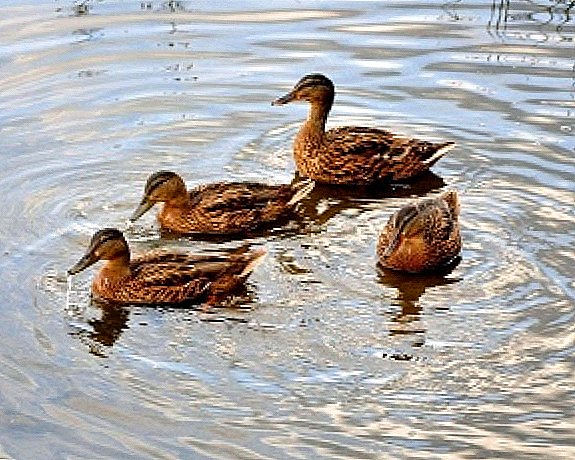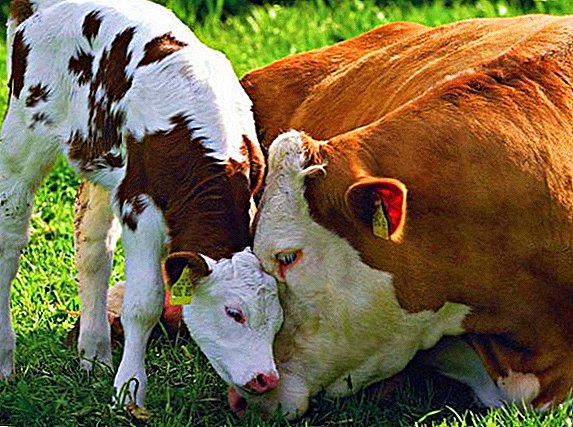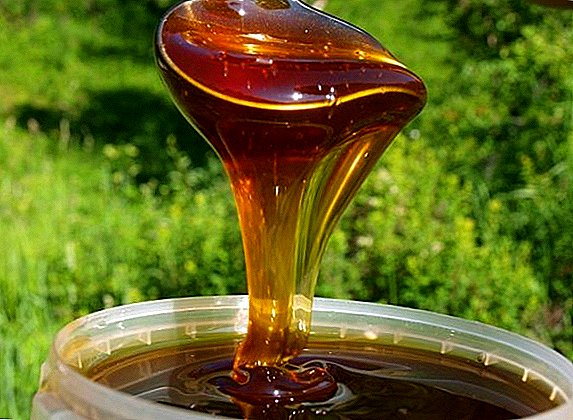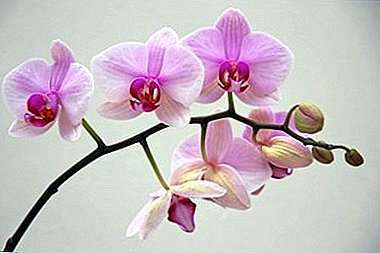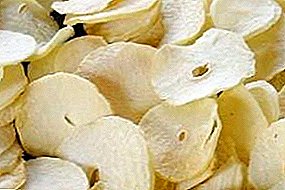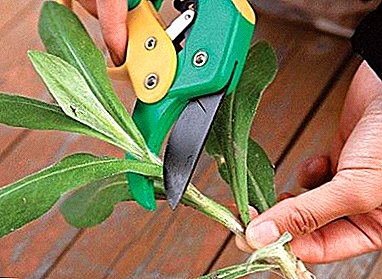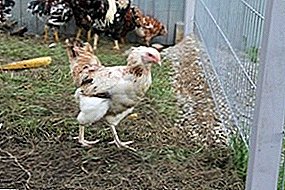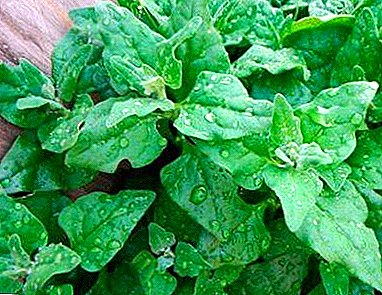
Spinach is quite resistant to temperature extremes, so it is grown in spring, summer and autumn. Already at 4-5 ° C seeds sprout.
The culture is quite unpretentious and popular among gardeners, as the variety of species allows you to choose a variety that is suitable for certain conditions. About when to plant a plant and which variety is better suited for a particular time of the year, we will tell in our article.
This leaf vegetable is suitable not only for preparing fresh salads, but also for soups and canning.
It is believed that spinach should be present in the diet of healthy food, as well as suitable for those who want to lose weight.
When to plant early, mid-season and late varieties?
Spinach in the middle lane and northern areas are planted based on weather conditions. and the purpose of cultivation. The early ripening varieties are planted in a conveyor mode to harvest several times per season. Varieties with a longer ripening period are planted according to the weather, although spinach is also frost-resistant, but too low a temperature will lead to a weakening of the root system and the death of the plant.
In Central Russia
In Central Russia, weather conditions at the end of April make it possible to plant this crop. Early grades sow from late April to late August, and mid-ripening - from mid-April to late July.
In Siberia
In Siberia, landings begin no earlier than the May holidays. Only in the middle of May the earth warms up enough so that the seeds successfully ascend.
In the Urals
Landing time in this region is about the same as in Siberia. Many planted crops in the summer, in June or July, then the harvest falls on the beginning of autumn. But, since in particularly sunny weather the plant is prone to strelkovuyu and tsvetushnosti, you should choose species that are not subject to this phenomenon or hybrids.
Spring
In the spring, the spinach planting begins immediately after the snow melts.. Early varieties are sown in March or April in several approaches, with intervals of 14 days. Early crop types yield a crop in 25-35 days.
What to sow in the spring?
Godri
The early maturing variety, suitable for planting in early spring, has been sown since early March, or as soon as the snow melts. After 2 or 3 weeks after germination, the first leaves are cut off. Suitable only for open ground.

Gigantic
Planted in March and early April, 25 days go to the emergence of seedlings, after two weeks the leaves are ready to eat.

Bethrole
Since this view resistant to night frosts, it is sown in March. This variety is suitable only for early spring sowing.

How to equip the soil?
The soil is cooked in the fall. They dig up the earth, fertilize it with compost or rotted manure. To reduce the acidity of the soil, it is advisable to add some chalk, lime or dolomite flour when digging. Before sowing, seeds are soaked in water for 1-2 days. This will ensure faster germination in the soil.
How to plant a seed?
After swelling, the seeds are dried and sown on the garden bed. The furrows of the rows should not be deeper than 1 cm, the distance between the seeds should be 4-5 cm, and the gap between the rows should be approximately 20-25 cm. After planting, spinach seeds are covered with a thin layer of nutritious soil. and watered with warm water.
How to act in the summer?
If you plant spinach in the summer months, depending on the ripening period, the crop, ready-to-eat leaflets are harvested in the fall, before the onset of frost.
Summer
In summer planted mid-ripening and early ripe, flowering resistant species.
Matador
During the summer planting seeds sown in mid-June. Known as a productive variety, the socket reaches a size of 30-50 cm.

Zirolistny
Mid-season variety, also tolerating hot summer months without pronounced tsvetushnosti. Planted from late May to late August. Socket average size of 17-28 cm.

Victoria
Late-ripe plant. It has a small rosette and is resistant to flowering, so the harvest period reaches 30 days. Planted until November, but for summer harvest seeds are sown in May.

New Zealand
It has high yields. Loves heat, light, moisture, so it is suitable for growing in summer. Green mass is ready for collection in 25-35 days after emergence. On open ground grown from May to the first frost.

Excavation
When planting in summer, fertilizers are applied to the soil two weeks before sowing. For high yields provide constant watering., before planting, the ground is also moistened. The addition of ammonium sulfate stimulates rapid growth. Seeds are supposed to be soaked for two days, as well as during spring sowing.
How to act?
When planting in the summer, it is necessary to remember about additional moisture, unlike spring, when the soil is saturated with melt water, and shading the culture, if the temperature rises above 26 ° C.
After sowing, the bed is recommended to cover with a film; in a greenhouse, seeds will germinate more easily and quickly.
Is outdoor ground suitable for fall?
In the fall, spinach is sown in open ground in order to get an early harvest in spring.. Cold-resistant culture quite successfully endure the winter under the snow. At the same time, the sowing time is calculated in such a way that the culture has managed to form the first rosette of leaves before the onset of stable cold weather.
Mature plants are very cold-resistant. Sowing takes place in late September, early October, depending on weather conditions in the region.
Suitable varieties
Spokane
Very resistant to any adverse environmental conditions. One of the most productive varieties. Planting is possible from late September to late March.

Korentz
Hybrid variety, forms a large outlet with a large number of leaves. It tolerates climate change, planted in September.

Mariska
Not afraid of frost, resistant to disease, unpretentious. Pour large, juicy, sowing carried out from mid-October.

Training
For the autumn planting culture soil is prepared in spring or summer. The soil is deeply dug up, add a large amount of organic fertilizer. In the absence of humus, mineral fertilizers also fit. Enough 15 g of potassium chloride and 30 g of superphosphate.
How to sow?
When planting in the autumn, plant seeds should not be soaked in water beforehand.as in spring sowing. They are sown dry, the ground after planting tamped, but not too much.
In greenhouses
To prolong the harvest time, spinach is planted in a greenhouse. To do this, provide good lighting and heating, in case of a strong cooling.
Autumn plant species for the greenhouse
Boss
Early appearance, perfect for closed ground. The rosette of leaves reaches 55-60 cm in diameter. Resistant to stalk.

Marquise
Autumn in the greenhouse planted in September. The growing season is not more than 35 days. The leaves contain a large amount of vitamins.

Prima and Caste
Hybrid varieties such as Prima and Casta are also suitable for greenhouses.. Differ in high productivity and are steady against differences of temperatures. Fall planted in September or October.

How to prepare?
Dig up the soil, add 5-6 kg of humus per 1 m² of soil, add complex fertilizer and ash. Then the ground is rolled a little so that the shoots do not protrude to the surface very strongly and do not dry out. It is recommended that the crop be planted in a greenhouse no later than the end of October, otherwise it will not take root well.
Second sowing in greenhouses is done in January or February. Time is calculated so that the first crop to get up to hard frost.
What do we have to do?
In the greenhouse, the ground is watered before planting hot water.. Seeds are sunk into the soil by 2-4 cm. The water in which seeds are soaked before planting is changed several times. The space between the rows is about 50 cm.
Is it possible to grow in winter?
Spinach can be planted in frozen ground in late autumn. Dry seeds are placed in the wells, and then covered with sawdust, foliage and snow. After such seeding, the shoots will sprout immediately after the snow melts. The layout of the beds is the same as in the spring-summer planting. For such cultivation take cold-resistant varieties of Boa, GIANT WINTER, etc.
House cultivation
Growing spinach on the windowsill or balcony is possible all year round.. In winter, additional lighting is required, and in summer, constant watering and spraying. For this purpose, suitable as flower pots, and containers or wooden boxes. It is preferable to take early ripening varieties, while the plant is grown and seed and seedlings.
Ready soil mixtures are sold in stores, you need to choose a mixture that does not contain peat.
As when sowing on open ground, seeds are pre-soaked with water, and planted into the ground to a depth of 1-1.5 cm.
 At home, the plant is suitable for harvesting no more than two months, because pretty quickly releases the arrows and begins to bloom.
At home, the plant is suitable for harvesting no more than two months, because pretty quickly releases the arrows and begins to bloom.
Then the leaves are no longer suitable for food. To get a good harvest in the apartment fit early ripe crops. It:
- Virofle;
- Gigantic;
- Stoic;
- Godri;
- Victoria;
- Indian spinach.
Spinach contains a lot of beneficial microelements.. It helps to raise hemoglobin and cope with avitaminosis. There are no particular differences in the cultivation and care of this plant in the garden, in the greenhouse or at home. In addition, the culture is unpretentious and enduring, so at any latitude gives a high yield.


